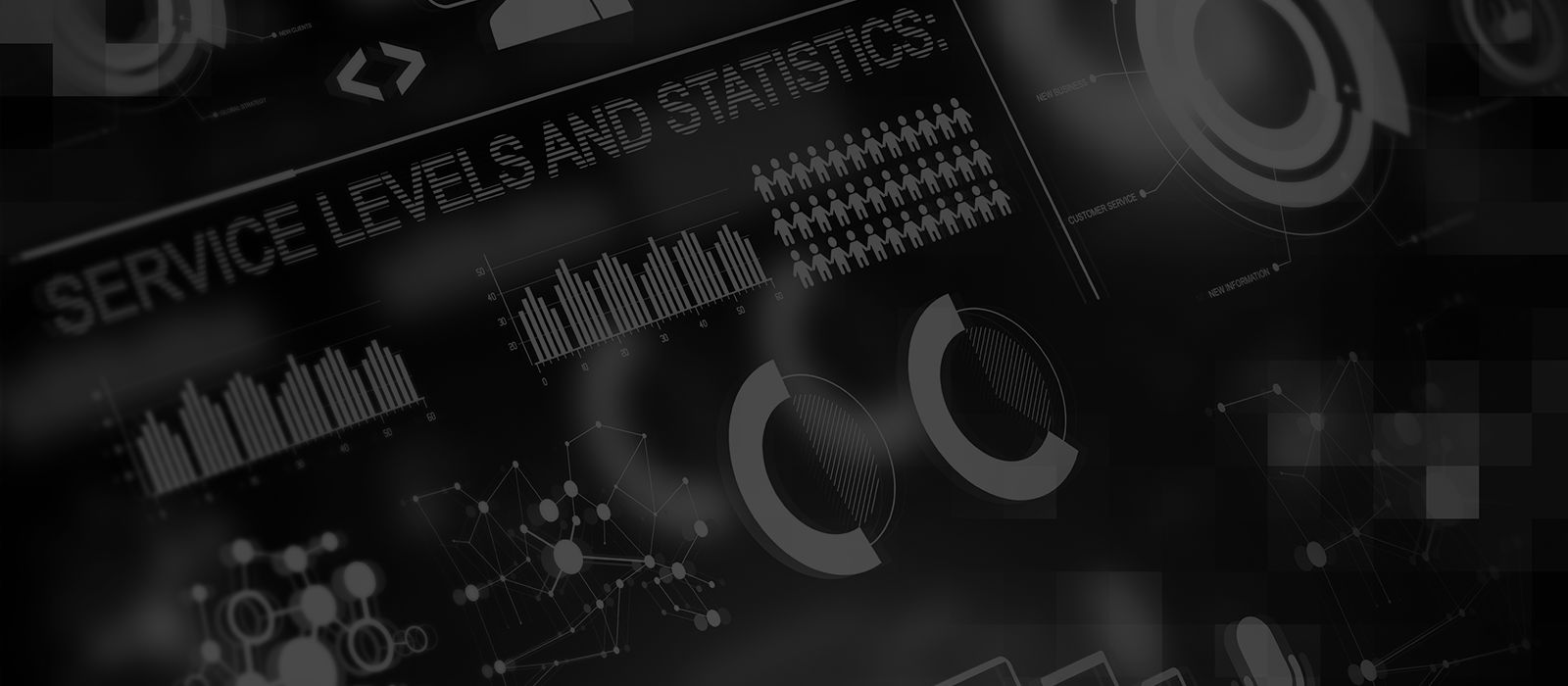Frustration and analytics can go hand in hand. After spending hours exploring your data, running tests of difference, finding measures of association, and building predictive models you’ve hit a wall: how to turn all this information into actionable insights everyone can understand.
From Analytics to Answers
The first step to utilizing data doesn’t actually involve analysis at all. You first need to develop very specific business goals for your data (we use the SMART Goals method), to ensure you’ll be able to deliver useful insights. Without clearly defined questions for your data, the chances of your findings being acted on are very low. Your question should include: what you need to know/what data you will use to get it, what a measurable success is, what will be done with the information upon delivery, and how soon it’s needed. The use of frameworks can also help bridge the gap between the analysis you’ve conducted and the specific insights you’re looking for. It’s all too common for data analysts to get tunnel vision by taking the data details they already know (context, correlations, differences) for granted, and assuming the individuals they present their findings to will be data-savvy enough to interpret them. This notion is usually incorrect and using a framework forces you to organize your results into a clear narrative that non-analysts can understand. Three highly effective frameworks include Customer Lifetime Value, Customer Personas, and Customer Journey Mapping.
Visualizing Complex Data
One of the most difficult steps in analytics is visualizing data outputs. As previously mentioned, data analysts often struggle with simply explaining their findings. When describing data, simple is always better. Avoiding “stats-y” jargon and describing everything in its absolute minimal form is key to clear visualization. Whatever results you present should be easily understandable to anyone, without having you there to explain it to them. Using clear visuals is a proven way to make your data discoveries more effective, as people can process visual information 60,000x faster than text. Simple charts and images that reinforce the conclusions of your analysis are great additions to include in your reports, and make interpretation much easier for those without much data/statistic literacy. Another important aspect of visualizing data is to ensure that what you present is aesthetically pleasing, as people associate quality with reliability. Quality is one of the few pieces of this process that is completely under your control, so it’s mandatory to have a deliverable that exemplifies this. An unfortunate reality is that no matter how great your analysis is if the appearance of your deliverable doesn’t appeal to the eye, the information you’re providing will be discounted. Other ways to demonstrate quality are to be explicit while conveying the information you’ve gathered and directly tying results to your original business goals, as well as making a recommended course of action. This verifies that you understood the original “question” you were trying to answer and are confident in your findings, giving further credibility to your deliverable. The ultimate act of synthesizing analytics to answer business goals is making clear recommendations for action.
Want more on how to use analytics to reach your business goals? See our post on Interpreting Data Like A Pro.


